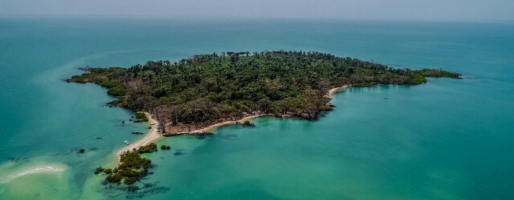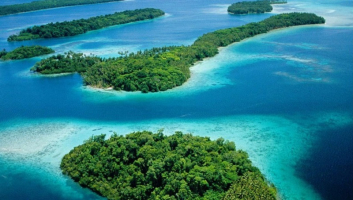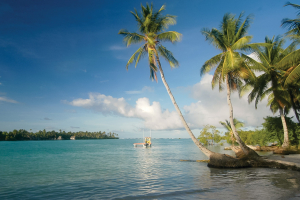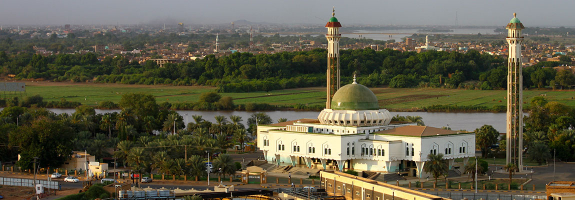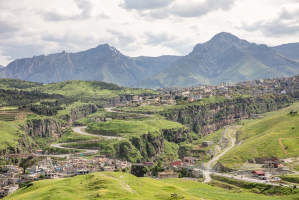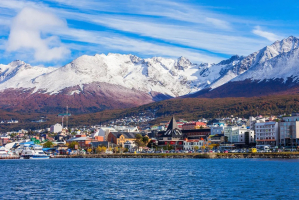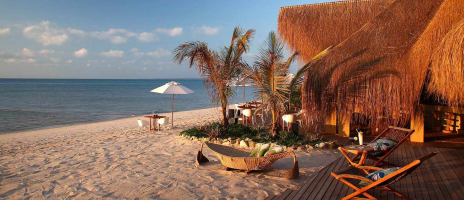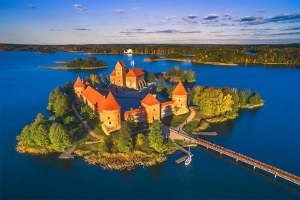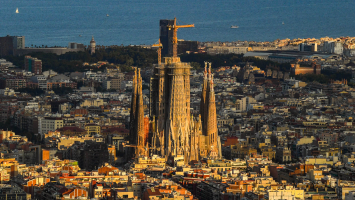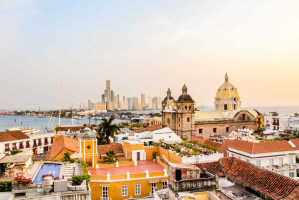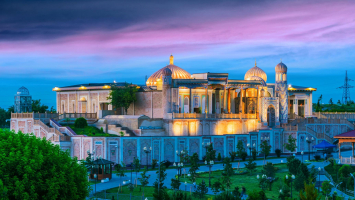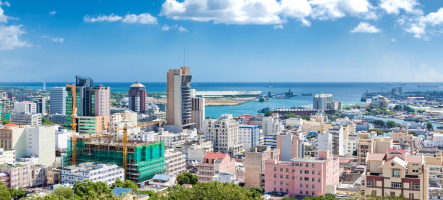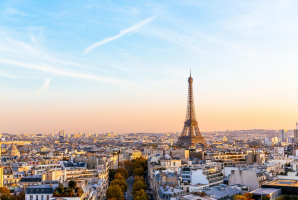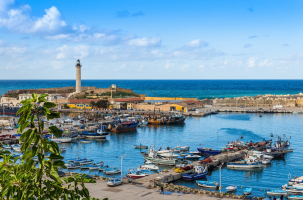Top 10 Things to Know Before Traveling to Hong Kong
Hong Kong has a well-deserved reputation. In fact, depending on who you ask, it has a variety of reputations. To some, it's just another boring corporate hub ... read more...for foreigners. Others see it as a perplexing mix of old and new, combining Chinese and Western cultures. Finally, Hong Kong is all of these characteristics, which is why it is one of Asia's most exciting cities. The city is a stunner, with an iconic skyline, towering mountains, and a gleaming port, and there are plenty of mysteries to unearth once you scrape beyond the surface. In this article, Toplist goes over some important Things to Know Before Traveling to Hong Kong that will make your trip worthwhile.
-
If you arrive in Hong Kong expecting pristine Singapore streets, you'll be sadly disappointed. To be clear, this isn't Ho Chi Minh City or Bangkok, but Hong Kong is one of the most densely populated places on the planet (the total population comes in at over 7.3 million). To make matters worse, living quarters in Hong Kong are among the world's smallest, with an average of 470 square feet, according to the South China Morning Post.
That means individuals are escaping their confined home lives on the streets at all hours of the day and night. This is especially true in places like Mong Kok, Tsim Sha Tsui, Central, Causeway Bay, and Sheung Wan, where visitors and locals are crammed together. Avoid trade fair seasons and mainland China holidays like Golden Week if you want to see the city at its least crowded.
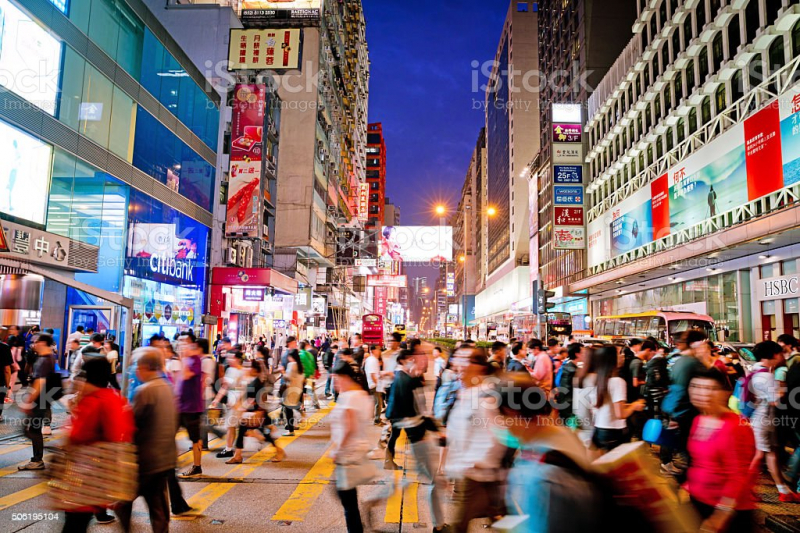
https://www.istockphoto.com 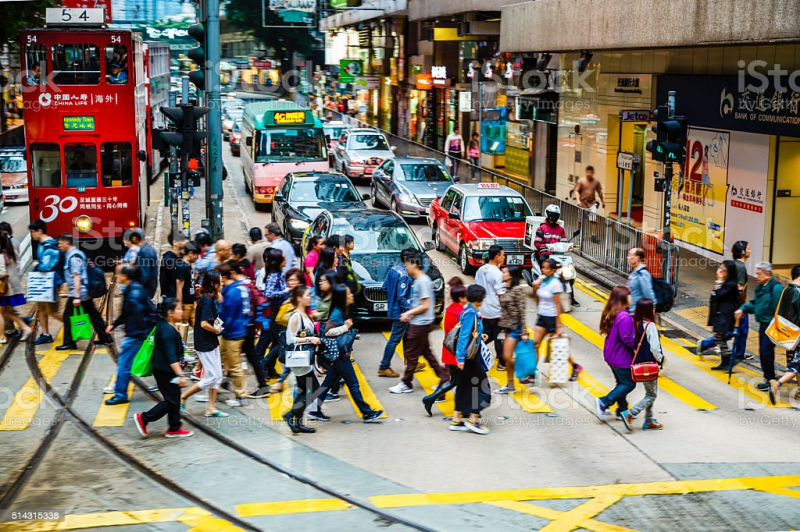
https://www.istockphoto.com/ -
With all of those people comes a thriving street scene. The walkways in Hong Kong are always bustling. This provides excellent opportunities for people-watching, dining, shopping, and touring. Almost every area has a bustling wet market where sellers sell produce, meat, and seafood alongside a variety of dried goods.
Street cuisine, especially in lively places like Mong Kok, is a must-try. You can also visit one of the fortune-tellers that squat beneath the expressway near Causeway Bay if you have a translator. They are masters at exacting cosmic retribution on people who have harmed you. Have your camera ready no matter where you go because there's never a shortage of things to see between the neon signs and the crowds clamoring for space.
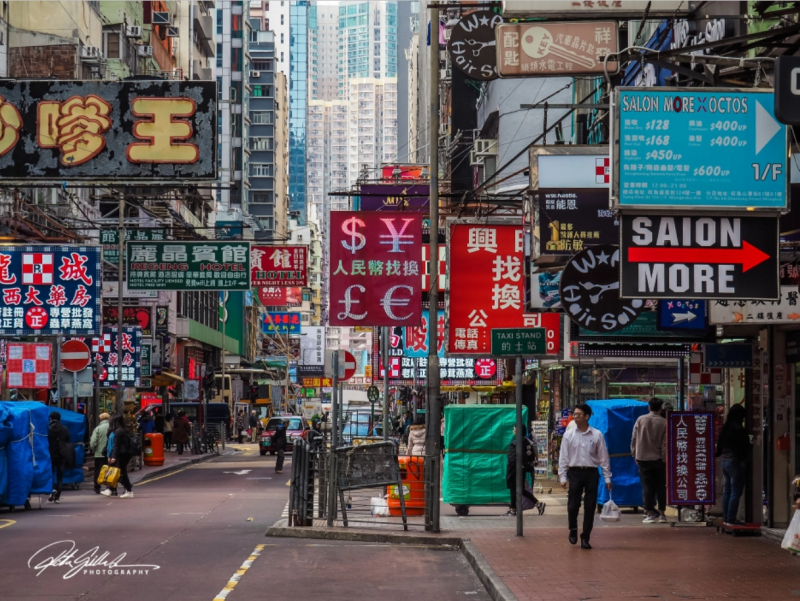
https://sillarit.com/ 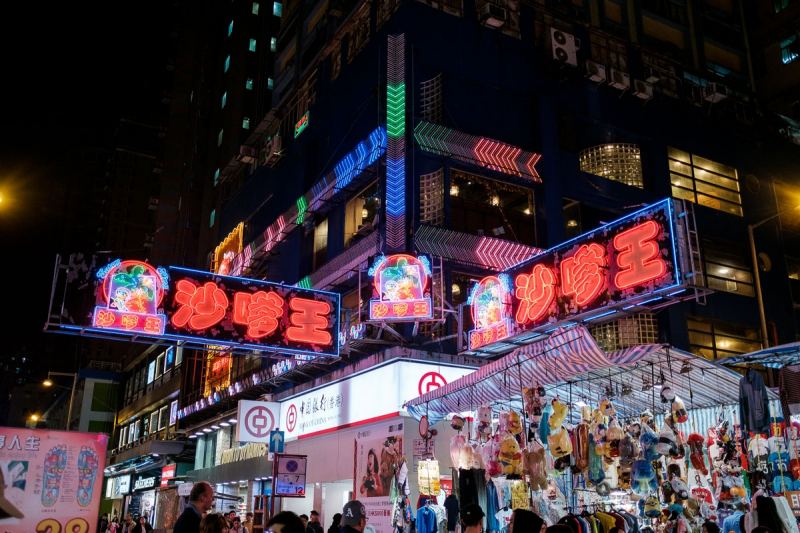
https://www.sickchirpse.com -
Hong Kong's high cost of living comes as no surprise. After all, this is a city where two Gucci stores can be found on the same block, where luxury malls are tied to equally luxurious hotels, and where practically every street appears to be traversed by numerous Teslas.
You'll be surprised at how much harm you may cause when shopping and dining. Even a casual mid-range supper along the Central–Mid-Levels escalators in the heart of trendy Soho can approach $100 for two — without drink or dessert. The city is densely packed with malls, yet prices at even athleisure outfitters and independent boutiques may rival those in other notoriously pricey locations like New York City and Paris.
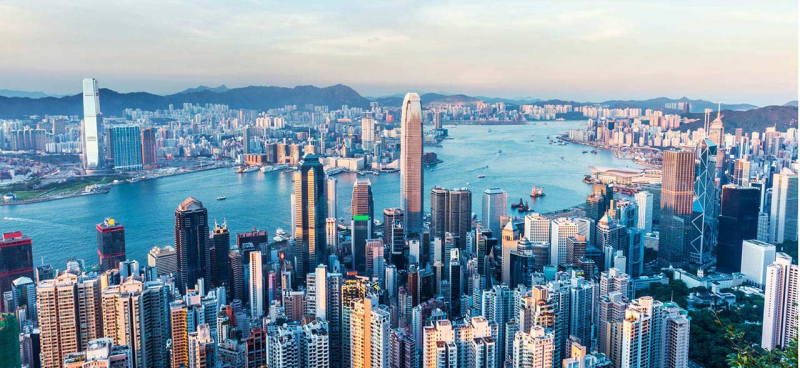
https://costoffliving.com/ 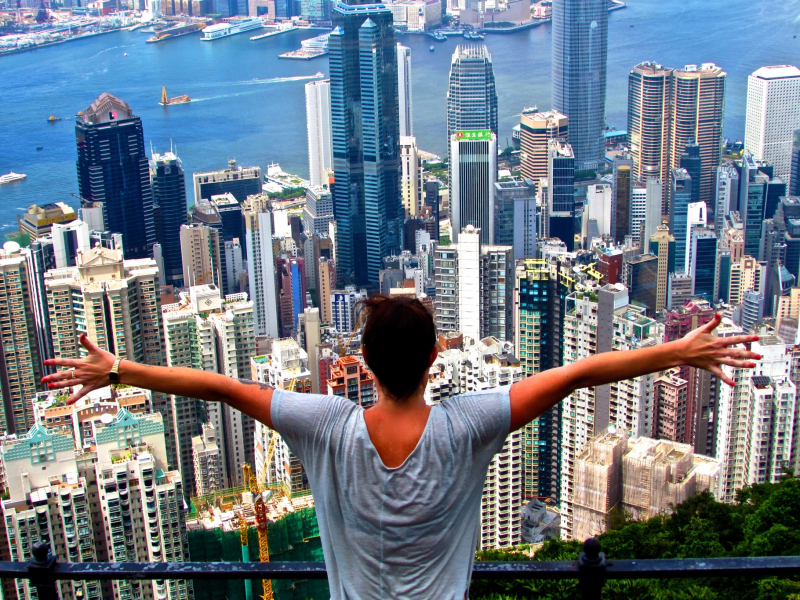
http://www.coffeewithasliceoflife.com/ -
While there is no official census of the city's shopping malls, even casual observers estimate that there are far over 100. However, we're not talking about the conventional suburban, cookie-cutter malls found in North America when we talk about malls in Hong Kong. The mall is a cultural landmark here, with tiers of luxury retailers, indie boutiques, only-in-Hong-Kong designer brands, streetwear, vintage products, bespoke housewares, and more.
If you're searching for something more trendy, go to K11 Art Mall, or for high-end things, go to Times Square, Pacific Place, or Landmark. Every block has a mall, and most of them are worth seeing, especially PMQ, a former police barracks that now serves as a local design incubator. Back on the street, elegant independent stores can be found in Soho, Wan Chai's Star Street (together with Moon and Sun Streets), Mong Kok's Sneaker Street, and Sheung Wan's Hollywood Road.
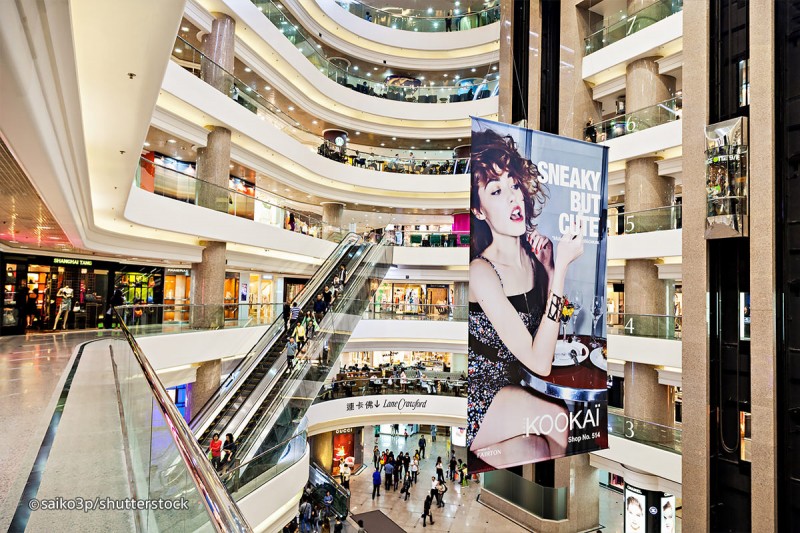
http://www.hong-kong-hotels.ws/ 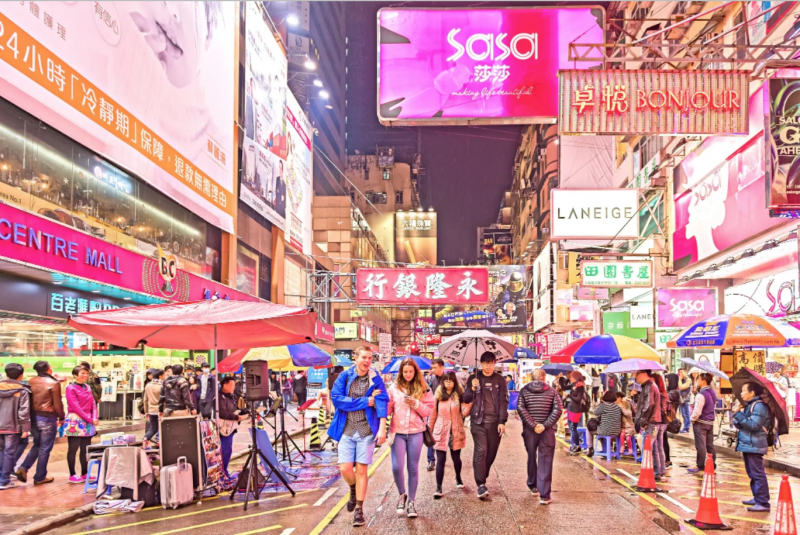
https://www.wheninmanila.com/ -
Since 2013, Hong Kong has hosted one of the largest Art Basel events in the world, with nearly every major gallery in the US and Europe having a presence here. White Cube, Perrotin, Gagosian, and Pace are among the galleries involved. However, if you delve a bit further, you'll find a plethora of less formal art locations.
Check out the Sheung Wan and Central alley walls for plenty of street art. Head to Oi! in Fortress Hill or Para Site, which is close the Quarry Bay MTR station and mounts multi-floor group displays that touch on socially relevant problems and politics with striking results, for similarly rebellious — but more professionally curated — art.
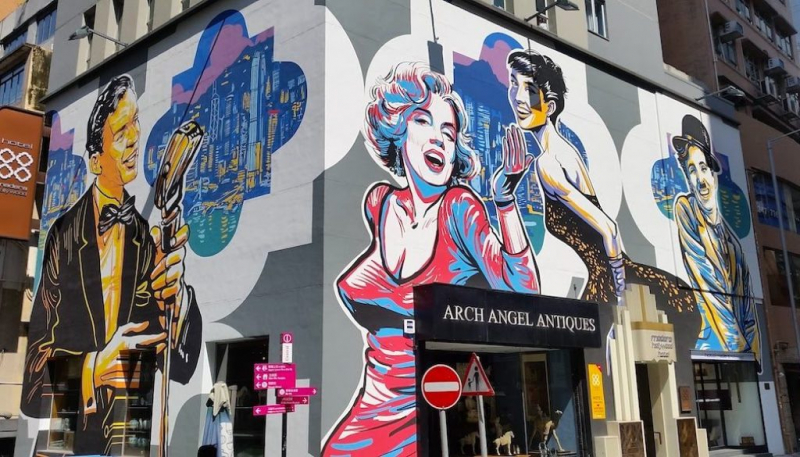
http://www.theothersideforever.com/ 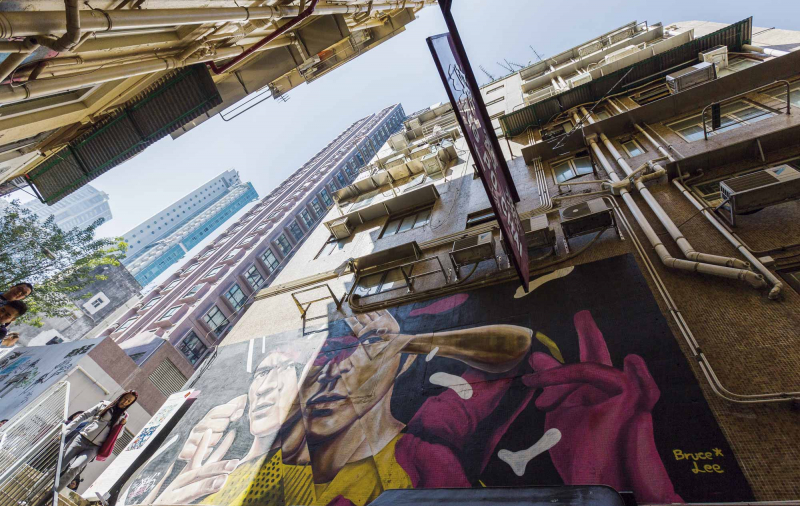
https://discovery.cathaypacific.com/ -
While Hong Kong frequently appears to be a futuristic wonderland of efficient trains and soaring skyscrapers, not everything about it is. Credit and debit cards are accepted by the majority of large retailers, mall stores, luxury restaurants, and hotels. In many parts of the city, though, cash is still king.
As of 2018, cash payments on an Octopus Card (a pre-paid fare card that you touch to enter the city's subway system) are the sole option to get on the MTR. Furthermore, Uber is not widely used in this area, and the city's street-hailed cab network does not accept credit cards. You won't be able to use your credit card at any of the typical mom-and-pop restaurants. Fortunately, there are numerous foreign banks with ATMs located around the city.
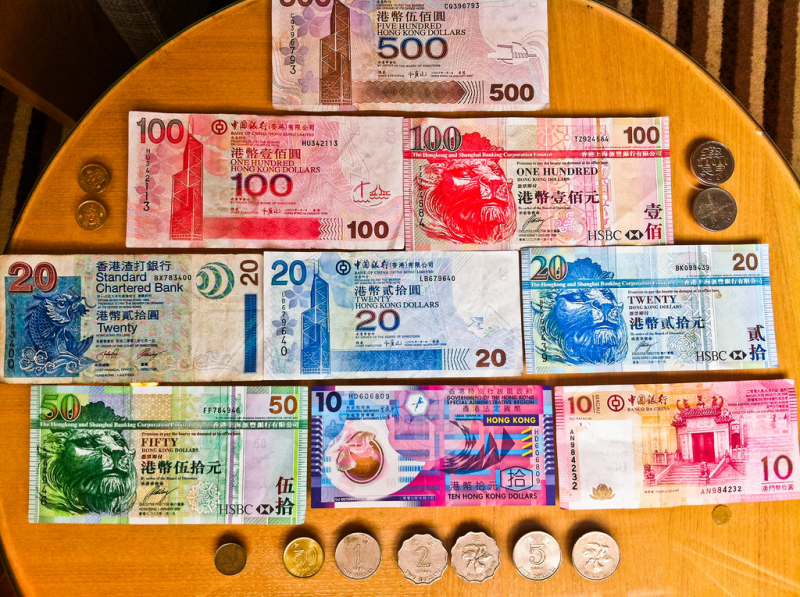
https://www.laughtraveleat.com/ 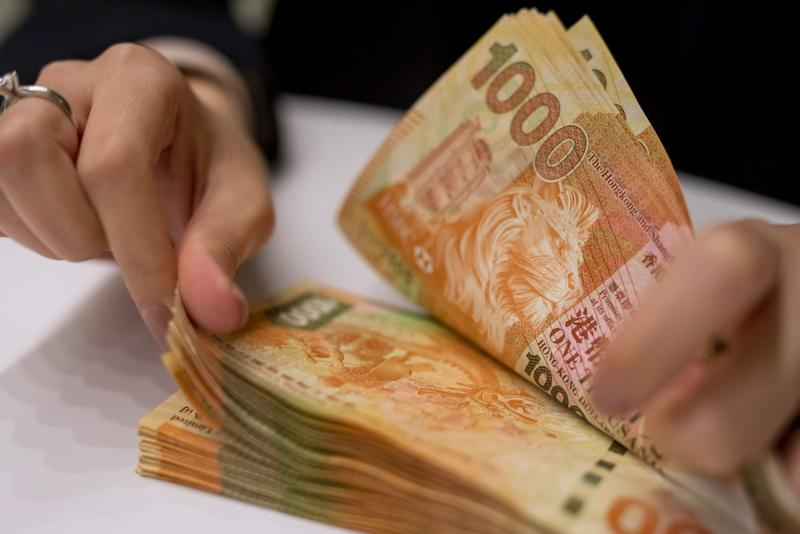
https://www.chinadailyhk.com/ -
To say Hong Kong's history is complicated — both distant and recent — is an understatement. It was a Chinese province until 1842, when it became a British colony, until returning to China as a special administrative region in 1997. (more on that later). Because of its back-and-forth status, as well as its reputation as a global financial center, the city has evolved into a sort of melting pot.
While English has a big presence here due to the British past (and diverse people), don't expect it to get you everywhere. Cantonese is the primary language spoken in many areas of the city, including street food vendors, signage, fortune-tellers, and restaurant menus. Almost all of the communities along Hong Kong Island's north shore, as well as key tourist destinations in Kowloon (such as Mong Kok and Tsim Sha Tsui), cater to English speakers. Menus are bilingual or only accessible in English in various regions of town.
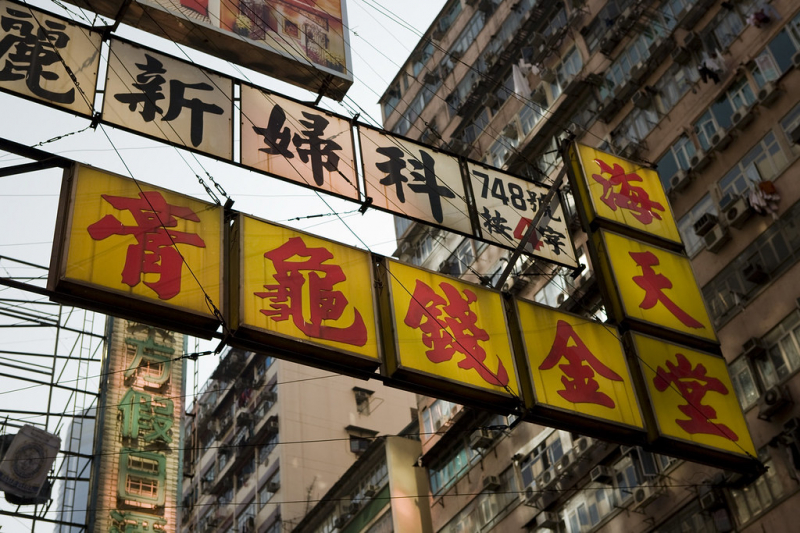
https://www.flickr.com/ 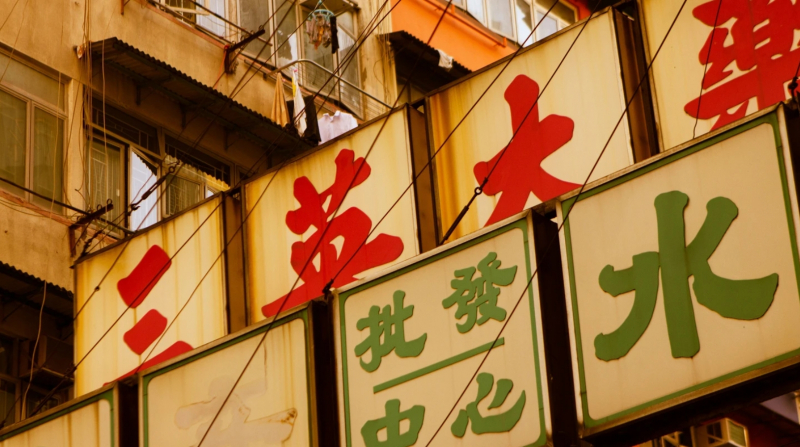
https://theculturetrip.com/ -
Untouched forests and long, peaceful climbs may not come to mind when you think of Hong Kong. The city's maintained green spaces, however, can be seen at practically every turn. This is notably true on Hong Kong Island, where Victoria Peak (dubbed "The Peak" by locals) dominates the landscape and is home to one of the city's most popular walks (along with stunning views of Victoria Harbour and the city below).
The funicular to the summit is the most popular mode of transportation, however to avoid huge waits, we recommend taking a taxi up and a tram down. Looking for a different way to get away?Dragon's Back, Lantau Island, Yin Tsz Ngam, and Lamma Island are all worth seeing. All of these may be reached by bus, ferry, private boat, or MTR.
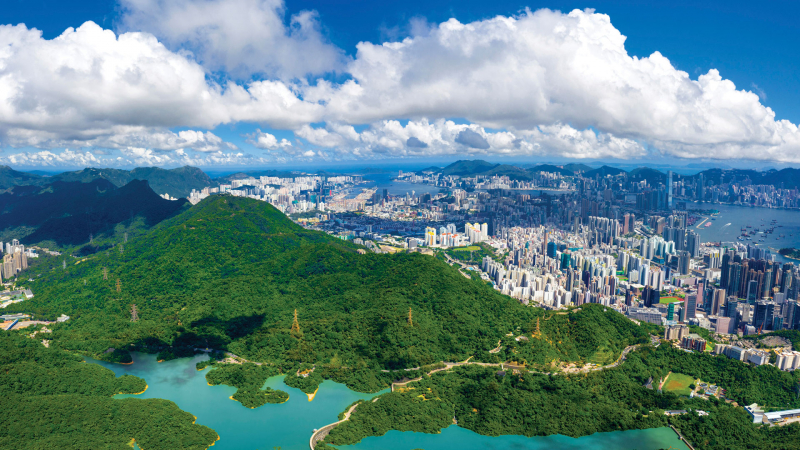
https://www.discoverhongkong.com/ 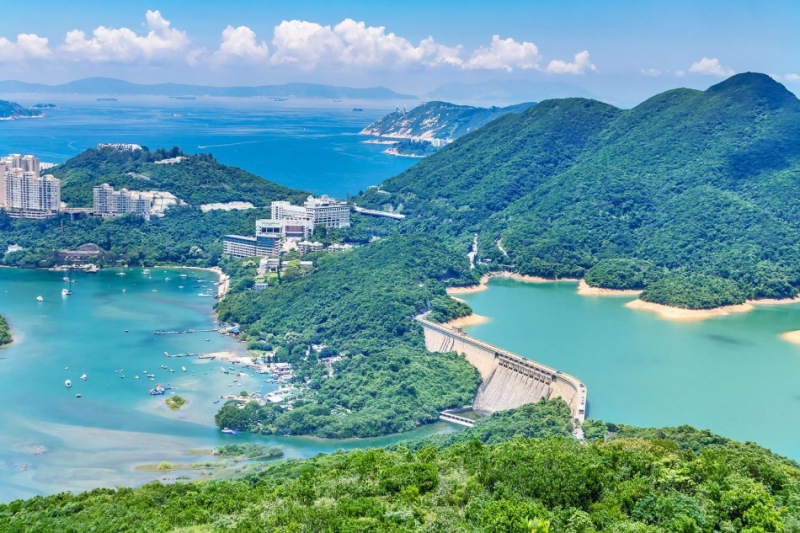
http://worldkings.org/ -
Much of the city is served by the MTR, an ever-expanding network of clean and efficient train lines. For the majority of your navigating needs in Hong Kong, you'll want to use this. Taxis are available, but they can be expensive (especially for cross-harbor journeys and at night).
The traffic condition in the city is likewise notoriously bad. Trains run every three minutes during peak daylight hours, and stations are safe, large, air-conditioned, and crammed with shops. Simply make a cash deposit, purchase a pre-paid Octopus Card at any MTR station customer service kiosk during working hours, and swipe in and out for each ride. The costs are determined by how far you travel within the system, albeit it is by far the most expensive option.
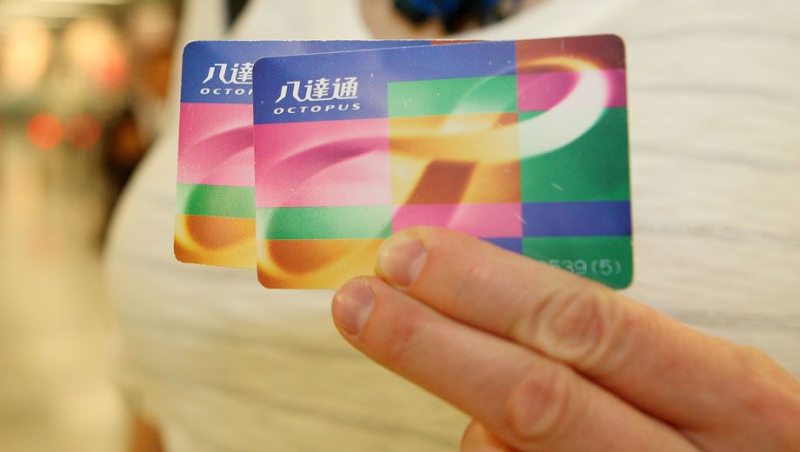
https://www.executivetraveller.com/ 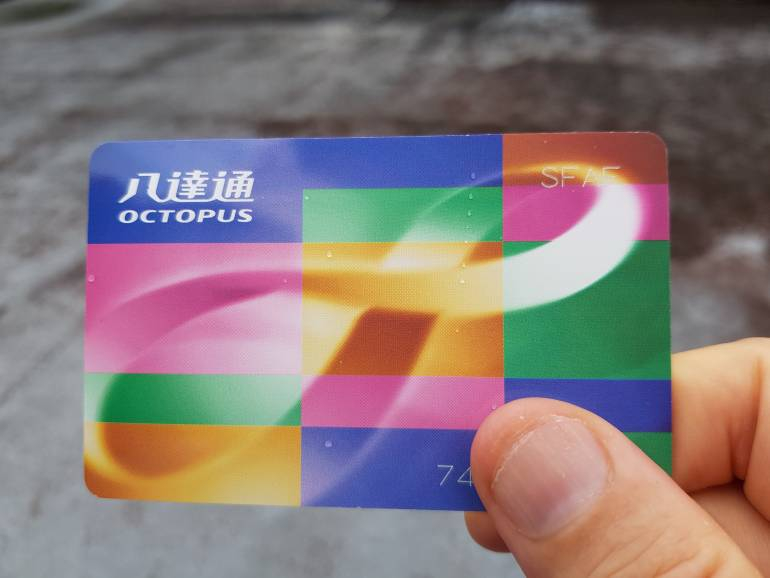
https://hongkongcheapo.com/ -
While Hong Kong may appear to be an urban playground for the wealthy, it is also feasible to find some great deals. There are several simple budget and mid-range hotels to choose from, with prices that are comparable to those in Europe and the United States. This is especially true of franchises like iClub and independent properties like Tsim Sha Tsui's Xi Hotel.
Will you be spoiled for choice during your stay? No. If all you need is clean accommodations, a convenient location, and powerful air conditioning, you may spend much under $100 each night. Eating at the city's more local spots, such as Mong Kok, Sheung Wan, Wan Chai, and Tsim Sha Tsui, will also save you a lot of money. Open-air markets, which can be found in practically every area, offer wonderful cheap shopping. Just remember to bring money (more on that below).
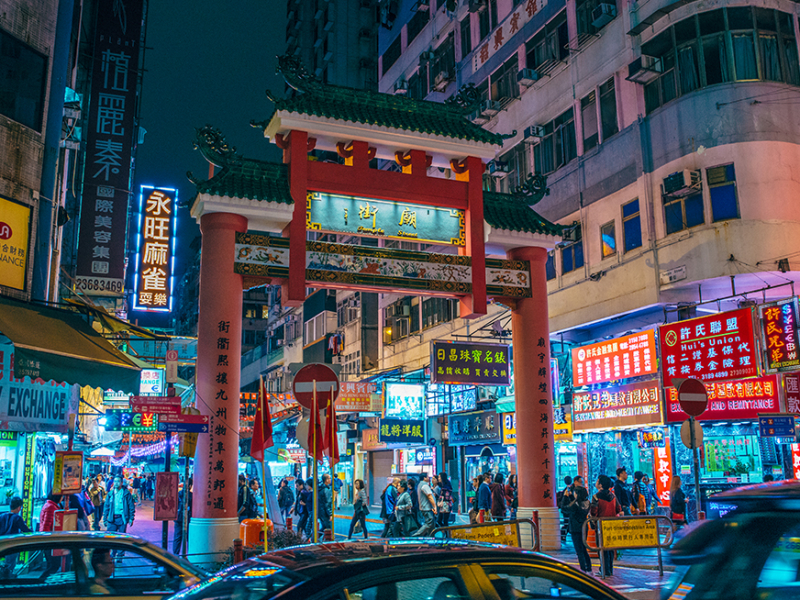
https://www.discoverhongkong.com/ 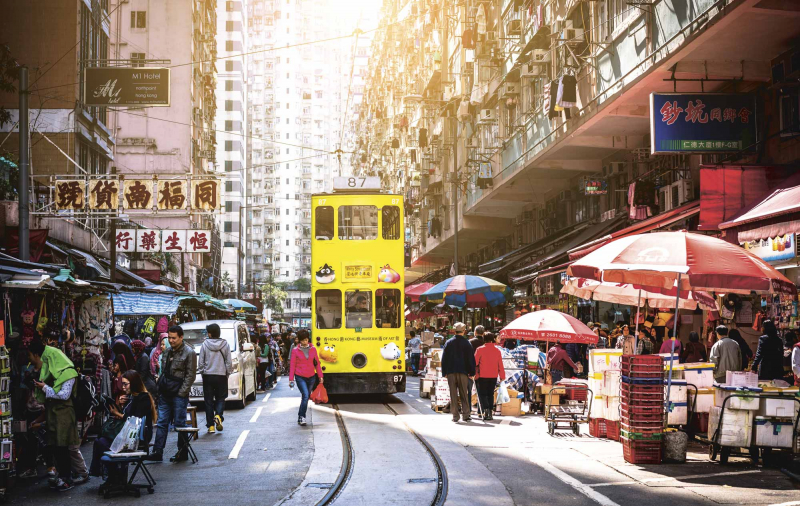
https://discovery.cathaypacific.com/













